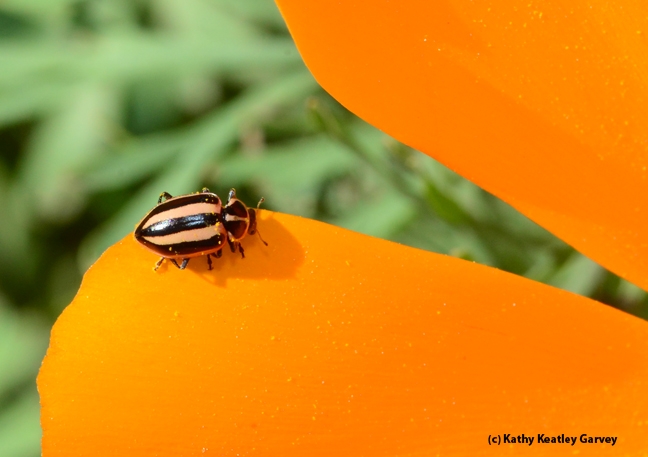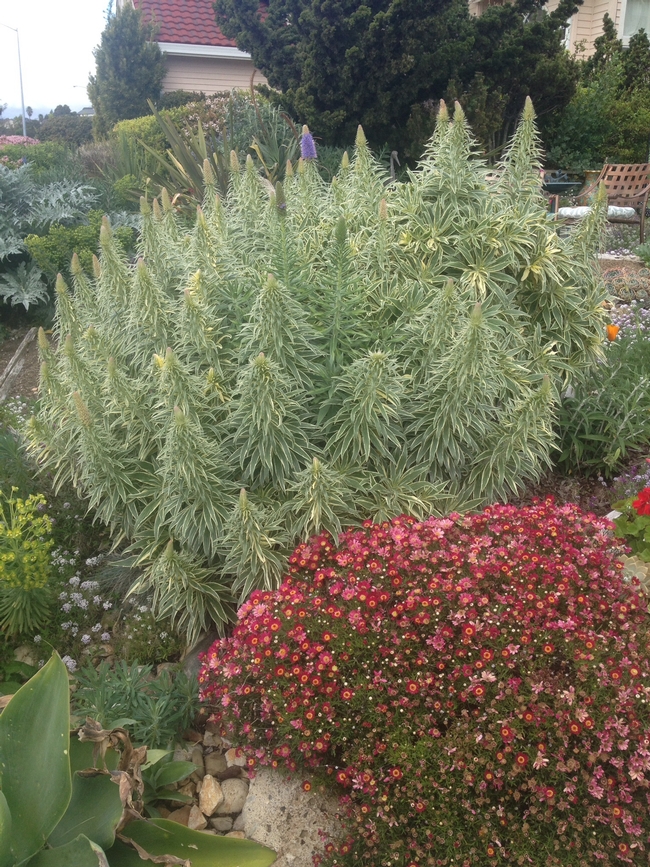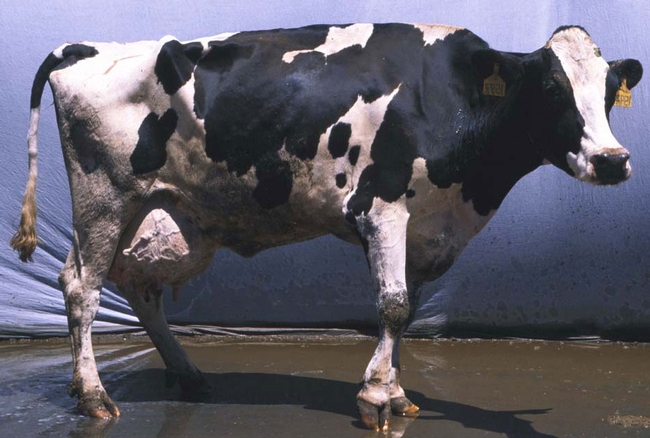UC Blogs
They Came with the House
Our California Bungalow was built in 1930 for my husband's aunt and uncle. His Aunt Delphine loved to garden, in fact, she passed away in her nightgown out in her garden. We bought their house in 1998, remodeling and adding a second bathroom and small family room.
Our Uncle Mike had passed away years before Aunt Delphine and the yard was full of volunteer trees that were not in the right places or were dead or diseased. An apricot grew from the foundation of the one car garage. Several privets grew from around the foundation of the house, a Camphor tree grew from under the front porch, a huge walnut stump was in the driveway and a California Bay had sprouted next to the back door. This property had once been a peach orchard, but unfortunately there were no signs of any peach trees. We had a huge orange tree in the middle of the backyard, next to the alley. The tree was a seedling and the oranges were small and very sour. It had to be removed to make space for a new two car garage.
We got busy and began removing trees. The yard was stripped. The remodeling began. The yard was run over by trucks, and trailers. It rained, and a cement truck sunk about 3 feet and had to be pulled out of the mud. All the cement had to be placed in wheelbarrows and pushed through the mud to the new foundation. The property was trashed.
After seven months of demolishing and reconstructing, we moved into the house on September 1st. The yard was void of anything green until spring. Then an explosion occurred. Sweet violets (V.odorate) appeared everywhere, along with callas and Painted arums (Arum italicum). Small round bunching roses bloomed along the property line. Several wild roses appeared. Oxalis (O. cernua) came up with its bright yellow blooms everywhere. Over the years, we have tried removing these volunteer plants, but they continue thriving as they relocate on their own to new spots. The wood violets are now in our turf, throughout the gardens, and between brick walkways. The callas pop up in different places each year. The roses have stayed along the property line.
When I'm asked where all the violets came from or why we planted so many callas, I just say “they came with the house”. Their will to survive in our garden is stronger than our will to try to replace them.

Violets. (photos by Sharon Rico)

Oxalis.
What's That Bug?
The California poppy draws lots of visitors: honey bees, bumble bees and assorted other insects. But a particular visitor we spotted March 15 on a...

A striped ladybug, Paranaemia vittigera, on a poppy. (Photo by Kathy Keatley Garvey)
Drought guidance for dairy producers
The California drought points to a looming crisis for California dairy producers, according to Mike Payne, dairy outreach coordinator at the Western Institute for Food Safety and Security and director of the California Dairy Quality Assurance Program (CDQAP).
Payne says that one estimate places lost revenue due to the drought from farming and related businesses in California as high as $5 billion. If there is little relief from Mother Nature in the 2014-15 rainfall season, the prospect of devastating effects to California's dairy industry is immeasurable. Skyrocketing feed costs and ultimately more California dairy producers going out of business will likely lead to higher retail prices for dairy products at the supermarket. A dwindling dairy industry will result in the loss of jobs in rural communities as well as to the dairy processing industry in the state.
The CDQAP is a voluntary partnership between dairy producers, government agencies and academia to promote the health of consumers, the health of the environment and the health and welfare of dairy animals, is ramping up drought-related outreach, which will include workshops, assistance application sessions and online resources. The goal of its webpage is to sift through the surge of drought-related announcements and information, bringing back that which is relevant to California dairy producers. Information will continue to develop through the year, as will the outreach to dairy producers struggling with critically limited water resources.
Stay informed of current drought meetings, deadlines for drought assistance programs, CDFA and USDA announcements, and publications such as the California Animal Health and Food Safety Laboratory's UC Whitepaper on Drought-Related Feed Toxicity on the CDQAP website.
Check back at WIFSS Outreach for updates on the drought crisis and other outreach and extension-related projects underway by WIFSS research and scientific staff.
California farmers are drilling deeper wells to cope with drought
But mining water that has been underground for thousands of years has many deeply worried.
"It's our savings account, and we're draining it," said Phil Isenberg of the Public Policy Institute of California, a former Sacramento mayor and assemblyman. "At some point, there will be none left."
Pumping groundwater is unregulated in California. Even Kansas and Texas prevent unlimited pumping, but most California farmers and developers consider well-drilling a private property right, Krieger wrote. They blame environmental laws, such as the protection of endangered fish and the government's unreliable water shipments, for their desperate situation. To reduce groundwater use, they say, more dams are needed to store water to help them get through dry years.
However, the article said, an increasing number of farmers concede that local, regional or state pressure might be the only way to preserve groundwater.
“Groundwater has always been a resource to fall back on when things are tight. But that's not what is going on now,” said David Doll, UC Cooperative Extension advisor in Merced County. “Operations have become more reliant on it.”
One of the reasons farmers have become so dependent on groundwater is a move away from annual crops growing on land that can be fallowed in dry years, to permanent crops like almonds that need water year-round every year. For farmers, the nut crops are more profitable.
The profit from a single acre of almonds can deliver $3,510 a year, Doll said. From 2000 to 2010, the price per pound jumped from 97 cents to $1.67, and the number of acres planted in almonds increases by 20,000 to 30,000 acres every year, according to the Almond Board of California.
Colorful Spring
Spring is busting out with lush bushiness and splashes of flowers. Finally the Cistus purpureus 'Alba' is blooming. It's been in the ground since late spring of 2012 and this year we have blooms and buds just covering this smallish shrub. It is placed next to a Euphorbia characas and the California poppies have volunteered at its feet, nice combination. These are all drought tolerant and not fussy about soil but do need good drainage. Another Mediterranean favorite, Echium candicans, Star of Maderia, commonly known as variegated Pride of Maderia has increased in size dramatically since last year. It also went into the garden in 2012 from a one gallon pot, it is near its maturity of 6 by 6 foot now. Research states it is hardy down to 25 degrees and this past frigid winter put it to test. I must admit that I watched this shrub carefully since fall and hand watered it throughout the fall and winter, I now have a beautiful reward with a healthy and vigorous display of variegation and the first bloom is just opening.

Pride of Maderia (photos by Trisha Rose)

Cistus and California poppies.



